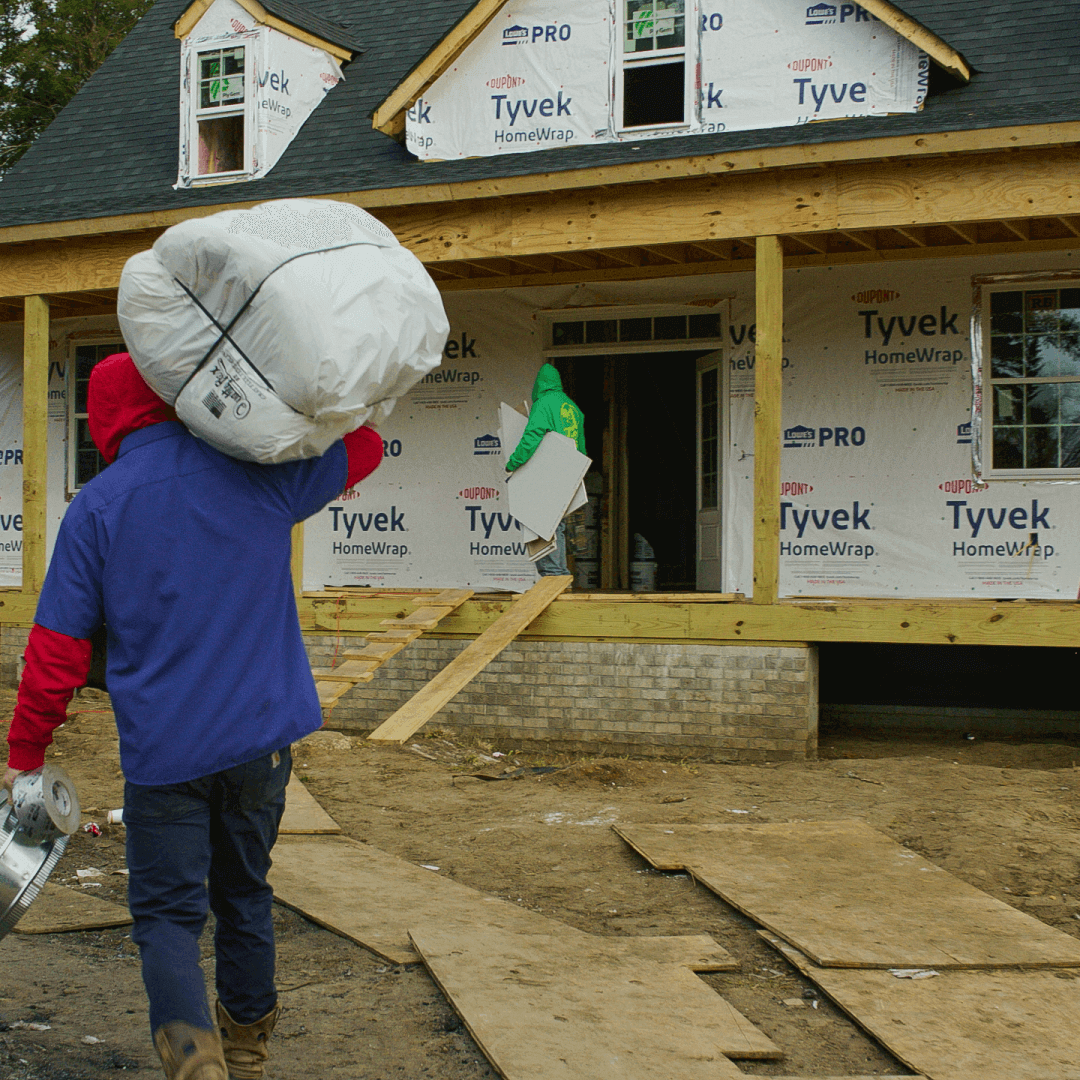
Investing in fix-and-flip loans comes with some inherent risk, which is why interest rates are 9%+ for this particular asset class. We like to think of these risks in three different categories: Loss of Principal Risk, Opportunity Risk, Liquidity Risk.
Loss of Principal Risk
This relates to the possibility that you will not receive 100% of your invested principal back upon liquidation of the underlying asset. This risk is primarily protected by the value of the underlying asset, which in our case is real property. Loan-to-Value (LTV) and Loan-to-Cost (LTC) ratios help you measure these risks. The lower the LTV and LTC, presumably, the more equity cushion there is to protect your principal.
Loss of principal will generally happen if there is a miscalculation of the underlying property value or the market shifts dramatically enough to eliminate the equity cushion.
To help manage this risk, we perform significant analysis around the value of the property at different stages of the project. We are also diligent to ensure our disbursed capital never exceeds the actual cost of the project. Often times, our last distribution is made only after the project has been completed. This ensures the borrower always has capital in the project, and often times leave us loan reserves to offset expenses on a non-performing loan.
We stress test each project for worst-case-scenarios related to valuation, scope of work and project timeline. We build in certain margins for error to ensure that if we have to take back a property, we’ll be able to do so at a value that preserves principal.
Opportunity Risk
There are many different places to invest your hard-earned capital. Investing in a fix-and-flip loan means you can’t invest that capital in another asset. If a loan stops performing, your capital will be tied up in an asset that isn’t generating a return for you. While you may not suffer a loss of principal, you may lose the opportunity to invest that capital in an asset that would have generated a greater return for you. While this is not a “real loss”, you have lost the opportunity to earn a return on that capital elsewhere.
To manage this risk we do several things. First, we always collect three months of pre-paid interest. This ensures that investors will receive no less than three months of a return.
Second, we underwrite each project to certain profitability metrics. This helps us gain confidence that there is enough margin in the project to earn a positive return on equity in the case whereby we become the “owner” of the property. While a troubled loan may delay current returns, building in adequate profit margins helps us gain confidence that we’ll be able to recover accrued but unpaid interest upon final liquidation of the asset.
Liquidity Risk
This has to do with Opportunity Risk in a lot of ways. If a fix-and-flip loan stops performing, you have little options to liquidate the investment, even if at a loss, so you can reinvest that capital in another asset to earn a return. This means a non-performing loan comes with Opportunity Risk and no ability to “cut your losses” and move onto another performing asset.
One of the main benefits of online real estate investing is that you can invest smaller increments in more projects with varying maturities. This way you'll always have loans maturing and creating liquidity.
We manage this risk by monitoring every loan very closely. We keep loan servicing in-house so that we remain very close to the borrower throughout the process. At the first sign of trouble, which may include a delayed construction plan, a missed payment, a non-responsive borrower, etc., we move quickly and work with the borrower to cure whatever is ailing the performance of the loan.
There are often many different strategies to either re-perform the loan or move towards a liquidation. Depending on the situation, we’re typically working several strategies in parallel, not the least of which is doing what we need to do in order to enforce all the rights afforded to us as first-position mortgagee.
Our overall strategy is rooted in the philosophy of protecting principal and moving towards a liquidation as quickly as possible.
To read about a recent success story related to this check out: Lemons to Lemonade
Summary:
On a risk-adjusted basis, investing in fix-and-flip loans is an attractive asset class. As with any investment, there are risks involved. Having a complete understanding of these types of risk is important when developing your investment strategy.
Email us at: InvestorRelations@fundthatflip.com to schedule a call with a member of our investments team, ask a question or provide feedback.
Have a project that is ready for transformation? Apply in under 2 minutes to get fast funding for your next real estate project.






